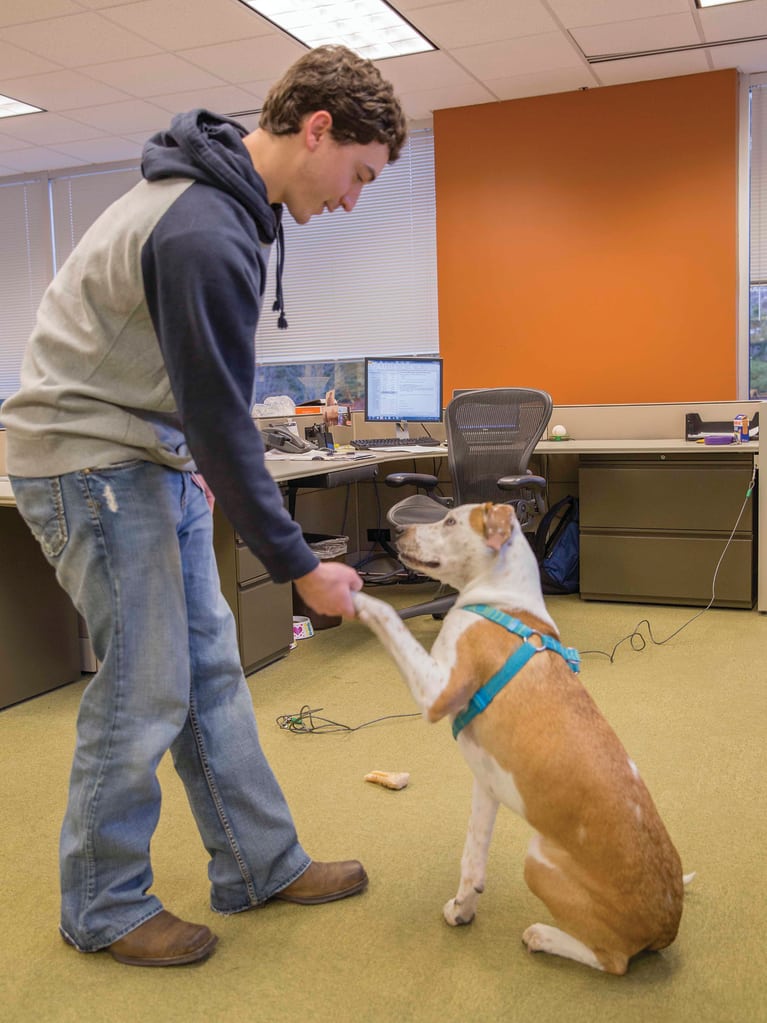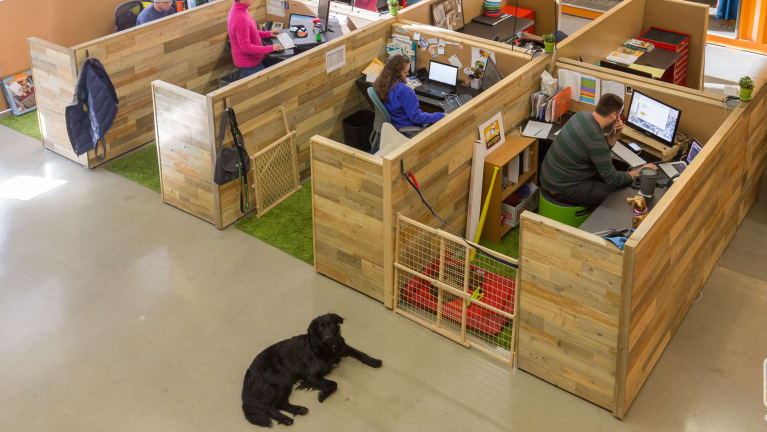8 Habits That Make Millennials Stressed, Anxious and Unproductive
8 Habits That Make Millennials Stressed, Anxious And Unproductive
Despite our youth, chronic anxiety is not sustainable.
A version of this article was originally published on Forbes. Sign up for Caroline’s newsletter to get her writing sent straight to your inbox.
According to the American Psychological Association (APA), millennials experience more stress and are less able to manage it than any other generation. More than half of us admit to having lain awake at night during the past month from stress.
Not surprisingly, millennials are also more anxious than older Americans. The APA reports that 12 percent of millennials have a diagnosed anxiety disorder—almost twice the percentage of Boomers. On a non-clinical scale, a BDA Morneau Shepell white paper discovered that 30 percent of working millennials have general anxiety, while a 2014 American College Health Association (ACHA) assessment found that anxiety regularly afflicts 61 percent of college students.
Anxiety not only harms our wellbeing but also sabotages our productivity. The ACHA assessment found that the top two tolls on students’ academic performance were stress and anxiety. Two-thirds of millennials interviewed by BDA attribute declining work performance to anxiety.
Sources of millennial anxiety may include a tough job market and student debt as well as psychological causes I’ve covered previously such as ambition addiction, career crises and choice-overload. But even our day-to-day behaviors can incite anxiety. Here are eight common habits that instigate stress and compromise our potential:
1. Bad sleep habits
Perhaps the most prevalent contributor to anxiety is poor sleep. A study by the University of California at Berkeley found that lack of sleep “may play a key role in ramping up the brain regions that contribute to excessive worrying.” Common causes of insufficient sleep include going to bed at different times, not making sleep a priority and spending time on phones or laptops right before bed.
Instead:
Calm Clinic, an online magazine dedicated to anxiety management, suggests forming a long, boring nighttime routine free from technology, keeping a journal by your bed to write down thoughts that keep you awake, and exercising during the day to wear out your body.
2. Skipping sustenance
Eating consistently regulates not only our metabolism and insulin levels but also our mental stability.
“Waiting too long to eat or missing out on breakfast may lead to unsteady blood sugar levels, which can cause anxiety-like sensations, including shakiness, dizziness, confusion, and difficulty speaking,” writes Body and Health. Dehydration has a similar effect. Because food and water are biological needs, anxiety naturally follows hunger and thirst.
Instead:
Eat meals regularly. Keep granola bars or nuts at your desk or in your purse. Bring a water bottle to work and sip it throughout the day. Have a glass of water right when you wake up and before you go to sleep.
3. Drinking coffee
Drinking coffee makes us more alert and, in many cases, helps us perform better on short-term tasks. But it can also make people jittery, irritable and nervous, especially if they’re already predisposed to anxiety. Sensitivity to caffeine is, in fact, heightened in people with panic disorder and social phobia, and caffeine can provoke panic attacks in some individuals. Caffeine is also diuretic, which can cause dehydration—an anxiety trigger established above.
Instead:
Try weaning off coffee by switching to just one cup a day, decaf or black tea. If you feel calmer and more in control after a couple weeks without it, commit to quitting and pull out all the stops.
4. Sitting
America’s surge of anxiety symptoms parallels our increasingly sedentary lifestyles. But, until a recent review by BMC Public Health, it was unclear whether the two were actually linked. After lengthy analysis, researchers found that the risk of anxiety risk increases as sedentary behavior increases—and, specifically, sitting time spikes one’s likelihood of experiencing anxiety.
Instead:
If you work at a desk all day, you’re not doomed. Get up and walk around every ninety minutes. Offset your sitting time with regular exercise, which halves your risk of anxiety and depression.
5. Your phone
A 2014 study by Baylor University found that American students spend an average of nine hours a day on their phone. Of course, technology vastly improves our lives in innumerable ways. But too much of it makes us anxious. Screen-based entertainment increases central nervous system arousal, which can amplify anxiety. Social media is similarly associated with low moods and depression.
Instead:
Next time you’re waiting or have nothing to do, leave your phone in your pocket or purse. Relinquish it as a means of alleviating boredom and instead use it consciously as needed for its useful functions.
6. Not “clocking out”
According to data from FORBES’ @Work State of Mind Project, millennials become anxious and irritated when work intrudes on our personal lives. But our bad work-life balance is our own choosing. BDA’s assessment explains, “Millennials do not believe that productivity should be measured by the number of hours worked at the office, but by the output of the work performed. They view work as a ‘thing’ and not a ‘place.’” Even after we leave the office, we’re still at work.
Instead:
We can still be ambitious, work long hours and impress our bosses without sacrificing psychological health and personal boundaries. So clock out: In your calendar, schedule a defined, consistent time at night to stop working. When time’s up, mark that task complete and go take care of yourself.
7. Netflix and hanging out
You may think snuggling up on the couch and watching a movie will help you unwind, but research disproves this trend.
In one study, participants felt more depressed and anxious after watching just two hours of TV than those who didn’t. Another study found that those with anxiety and depression spend significantly more time on the computer and watching television. While resting reduces anxiety short-term, research reveals that its effect is short lived, particularly compared with exercise.
Instead:
Do anything but watch TV when you’re done with work. Go on a walk, grab drinks, knit, work, draw, write, sit in your room and look at the wall, call your mom, actually cook dinner, build something, play badminton.
8. Hanging out with anxious people
You might feel like you’ve found someone you can vent to who understands you, but studies show that ruminating on anxiety often makes it worse. Furthermore, participating in “intergroup anxiety” increases one’s anxious behaviors.
Instead:
Seek out people who level your mood. After you hang out with someone, ask yourself if you feel stable and well—or if you’re hyped up and on edge. It’s easy to spend less time with certain people once you’ve decided they’re bad for your health.
If the annoyance, pain and performance impairment of day-to-day anxiety isn’t enough to quit these bad habits, perhaps this is: According to Harvard Medical School, anxiety is implicated in heart disease, migraines, chronic respiratory disorders and gastrointestinal conditions.
Despite our youth, chronic anxiety is not sustainable. By swapping out these daily practices, we can improve our moods and our lives one habit a time.
If you liked this article, sign up for Caroline’s newsletter to receive more like it!








 Are you Playing Offense or Defense?
Are you Playing Offense or Defense?